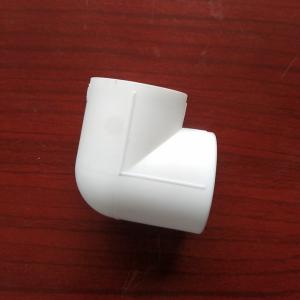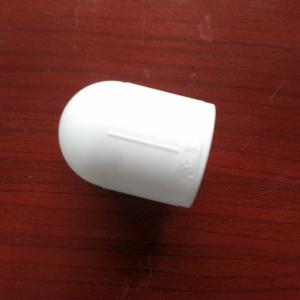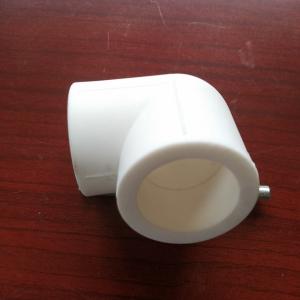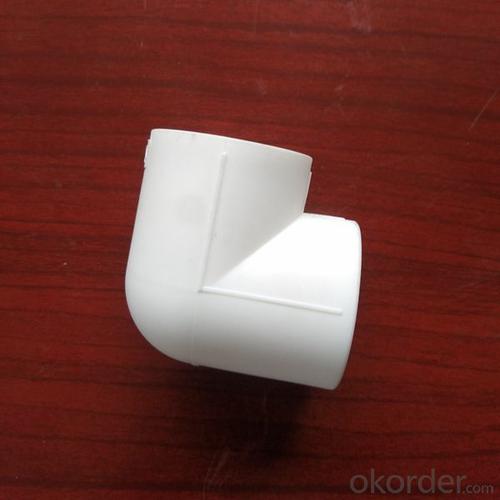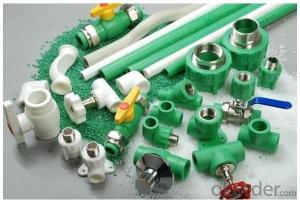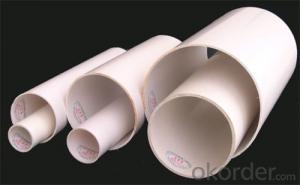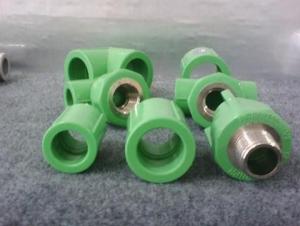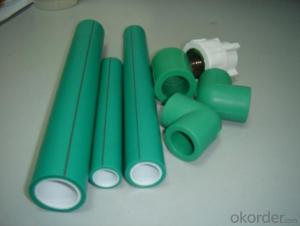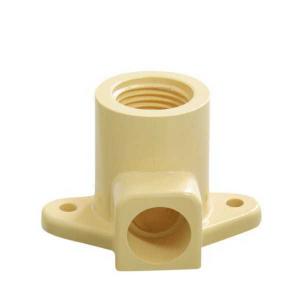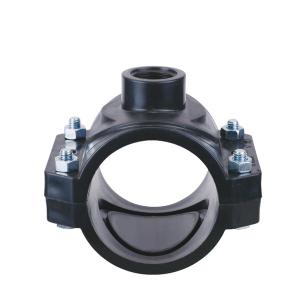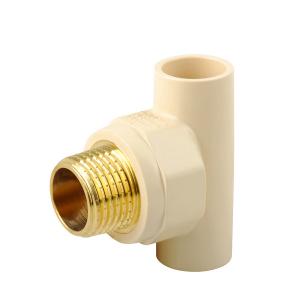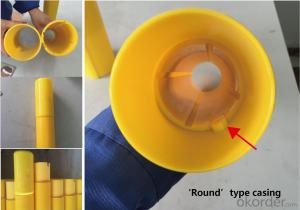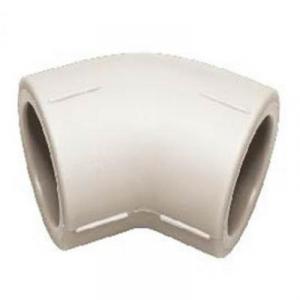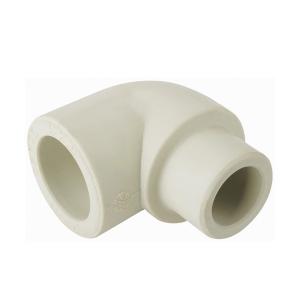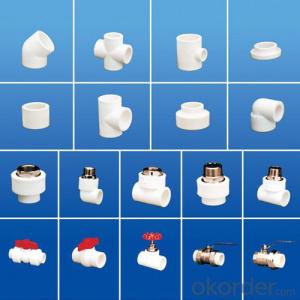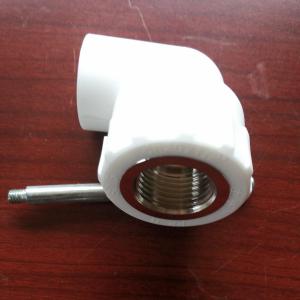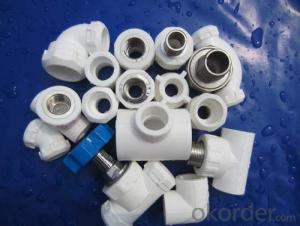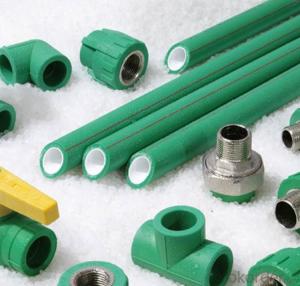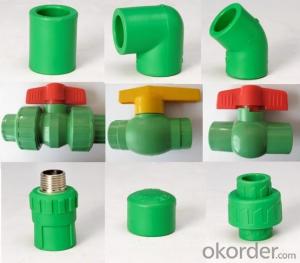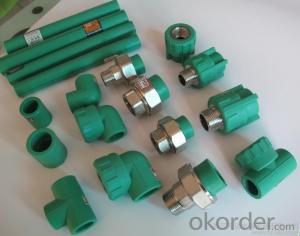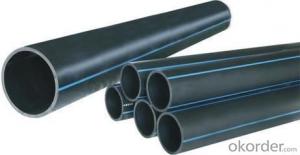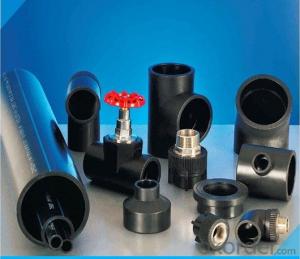3/4 Plastic Water Pipe Fittings PPR 90 Degree Elbow for Civil Construction PE Pipes
- Loading Port:
- Ningbo
- Payment Terms:
- TT or LC
- Min Order Qty:
- 1000 pc
- Supply Capability:
- 100000 pc/month
OKorder Service Pledge
OKorder Financial Service
You Might Also Like
PPR Elbow Plastic Pipe Fittings
Mainly used to connect civil construction, industrial, agricultural and landscape irrigation drainage system PE pipes
Main Features of PPR Elbow Plastic Pipe Fittings
1, Health, non-toxic:
The various parts of the pipeline system consists of PP-R pipes and fittings constituted can be completely non-toxic, health indicators in line with GB / T17219 standards.
2, Does not rust:
PH value can withstand a wide temperature range, in the range of 1 to 14, a high concentration of acid and alkali corrosion.
3, Wear-resistant, non-fouling:
PP-R pipe and tube inner wall smooth, uniform flow resistance is small and does not scale.
4, Reducing vibration and noise:
PP-R pipe has excellent insulation properties, can significantly reduce the vibration and noise caused by the flow of liquid.
5, Anti-cracking:
PP-R materials excellent elasticity makes pipes and fittings sectionally With frost expansion of the liquid together without bursting.
6, Anti-condensation, heat loss is small:
PP-R material is a poor thermal conductor, reduces condensation and reduce heat loss less.
7, Anti-electric corrosion:
PP-R material is a poor conductor of electricity can avoid corrosion. Complete specifications: 10-30 optional
Pictures of PPR Elbow Plastic Pipe Fittings
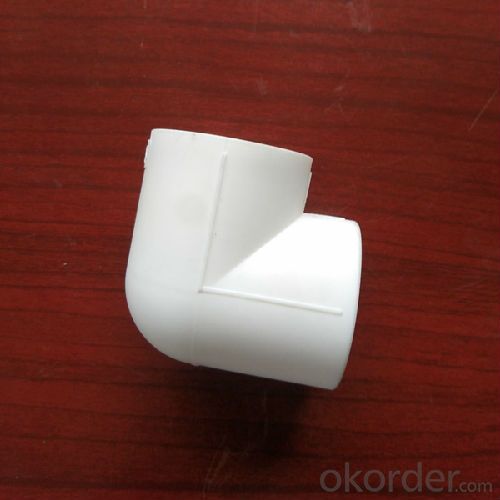
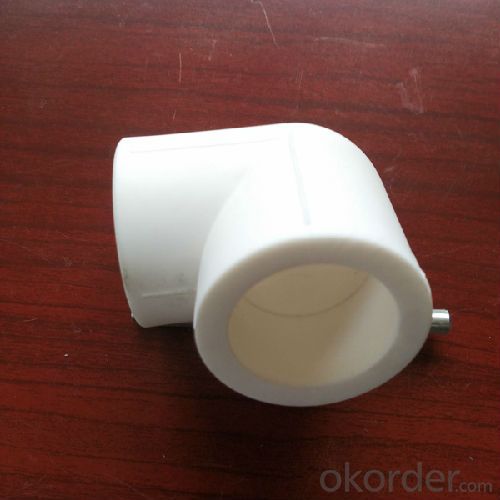
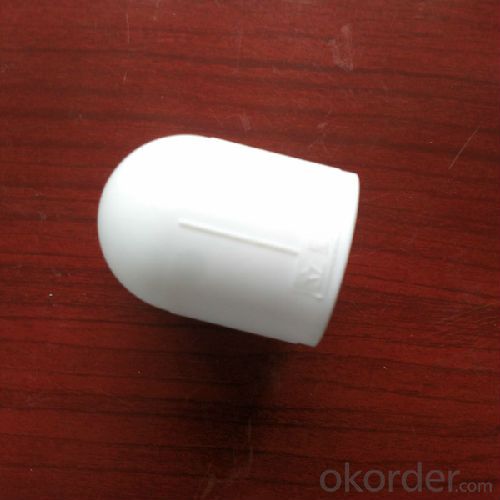
- Q: How do plastic pipe fittings differ from metal pipe fittings?
- Plastic pipe fittings differ from metal pipe fittings primarily in terms of material composition, cost, and durability. Plastic fittings are made from materials like PVC, CPVC, or PEX, while metal fittings are typically made from materials like brass, copper, or stainless steel. Plastic fittings are generally less expensive than metal fittings, making them a more budget-friendly option. However, metal fittings are often considered more durable and have higher temperature and pressure resistance compared to plastic fittings. Ultimately, the choice between plastic and metal pipe fittings depends on the specific requirements of the plumbing system and the preferences of the user.
- Q: Can plastic pipe fittings be used for geosynthetic clay liner systems?
- No, plastic pipe fittings cannot be used for geosynthetic clay liner systems. Geosynthetic clay liners require specialized fittings designed specifically for their installation to ensure proper functionality and performance.
- Q: PE is the hot melt?
- PE is the most basic plastic of polyethylene plastics, plastic bags, plastic film and so on are PE, HDPE is a high crystallinity, non-polar thermoplastic resin. The appearance of the native HDPE is milky white and is somewhat translucent in the narrow cross section. PE has excellent properties that are resistant to most life and industrial chemicals.
- Q: Can plastic pipe fittings be used for irrigation systems in agricultural fields?
- Yes, plastic pipe fittings can be used for irrigation systems in agricultural fields. They are commonly used due to their durability, cost-effectiveness, and resistance to corrosion. Additionally, plastic pipe fittings are lightweight, easy to install, and allow for flexibility in designing and modifying irrigation systems as per specific field requirements.
- Q: What are the potential drawbacks of using plastic pipe fittings?
- Some potential drawbacks of using plastic pipe fittings include the risk of degradation over time due to exposure to sunlight or certain chemicals, lower temperature and pressure resistance compared to metal fittings, and the potential for leaks or failures if not installed properly or if the fittings become damaged. Additionally, plastic pipe fittings may not be as aesthetically pleasing as metal fittings and can be more challenging to paint or modify.
- Q: Are plastic pipe fittings resistant to high-temperature chemicals?
- Yes, plastic pipe fittings are generally resistant to high-temperature chemicals. However, the level of resistance may vary depending on the type of plastic used and the specific chemicals involved. It is important to consult the manufacturer's specifications or seek professional advice to ensure the correct plastic pipe fittings are chosen for high-temperature chemical applications.
- Q: Plastic pipe fittings are not GB?
- Mainly used for building construction of the water supply system, piping, drainage, exhaust and sewage sanitary pipe, underground drainage pipe system, storm pipe and wire installation supporting the use of threading pipe.
- Q: Can plastic pipe fittings be used in sewage treatment systems?
- Yes, plastic pipe fittings can be used in sewage treatment systems. Plastic pipes and fittings are commonly used in sewage treatment systems due to their durability, resistance to corrosion, and ease of installation. They are also cost-effective and can withstand the harsh conditions typically found in sewage treatment systems.
- Q: Who knows the size of the PVC pipe and what is the maximum and minimum size?
- PVC material is a kind of plastic decoration materials, PVC material is referred to as PVC (Polyvinyl Chloride, referred to as PVC) resin is a vinyl chloride monomer (Vinyl Chloride Monomer, referred to as VCM) polymerized thermoplastic polymers. Are made of PVC resin as the main raw material, adding anti-aging agent, modifier, through mixing, calendering, vacuum technology and. PVC is an amorphous polymer, crystal containing the crystallinity 5%--10% (melting point of 175 degrees).
- Q: How do plastic pipe fittings compare to polybutylene fittings?
- Plastic pipe fittings, such as PVC or CPVC, are generally considered more reliable and durable compared to polybutylene fittings. Plastic fittings have a longer lifespan, are resistant to corrosion, and have a higher tolerance for high temperatures and pressures. On the other hand, polybutylene fittings were popular in the past but have been largely phased out due to their tendency to degrade and fail over time, especially when exposed to chlorine-based water disinfectants. Overall, plastic pipe fittings are a better choice in terms of performance and longevity.
Send your message to us
3/4 Plastic Water Pipe Fittings PPR 90 Degree Elbow for Civil Construction PE Pipes
- Loading Port:
- Ningbo
- Payment Terms:
- TT or LC
- Min Order Qty:
- 1000 pc
- Supply Capability:
- 100000 pc/month
OKorder Service Pledge
OKorder Financial Service
Similar products
Hot products
Hot Searches
Related keywords
